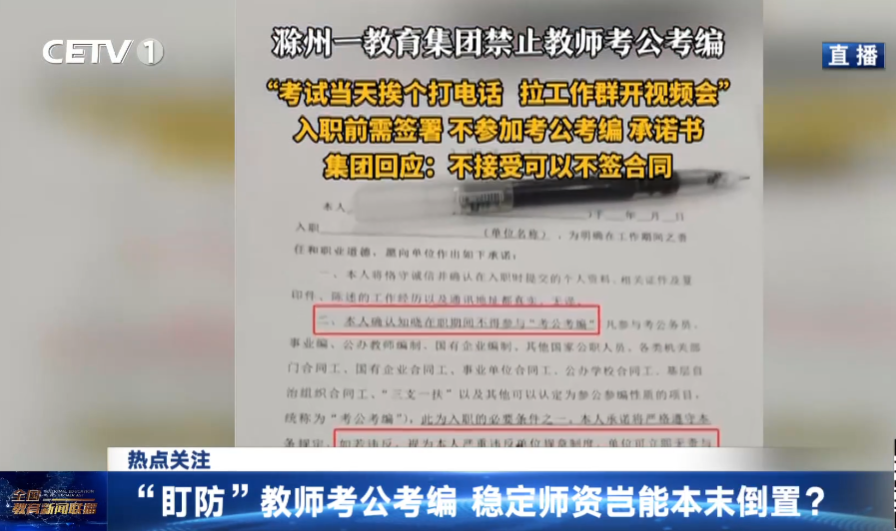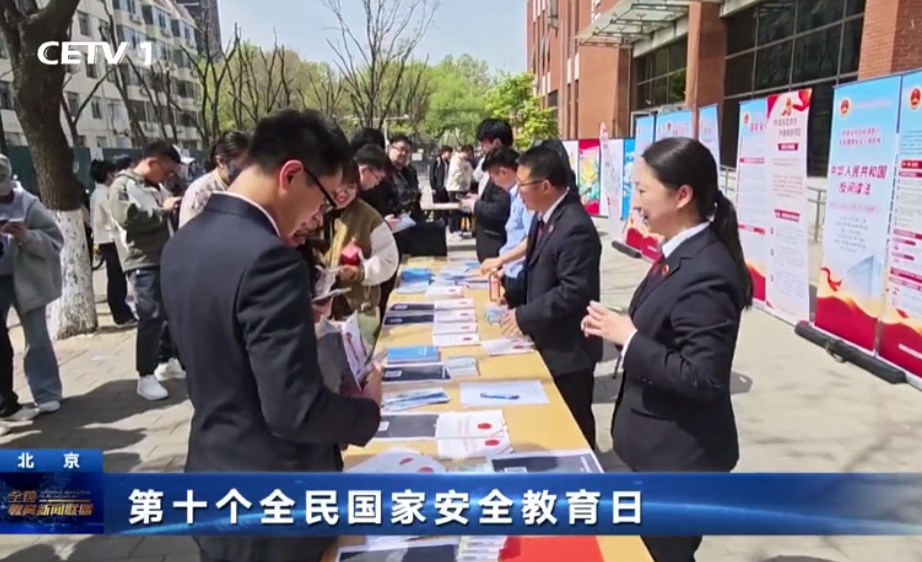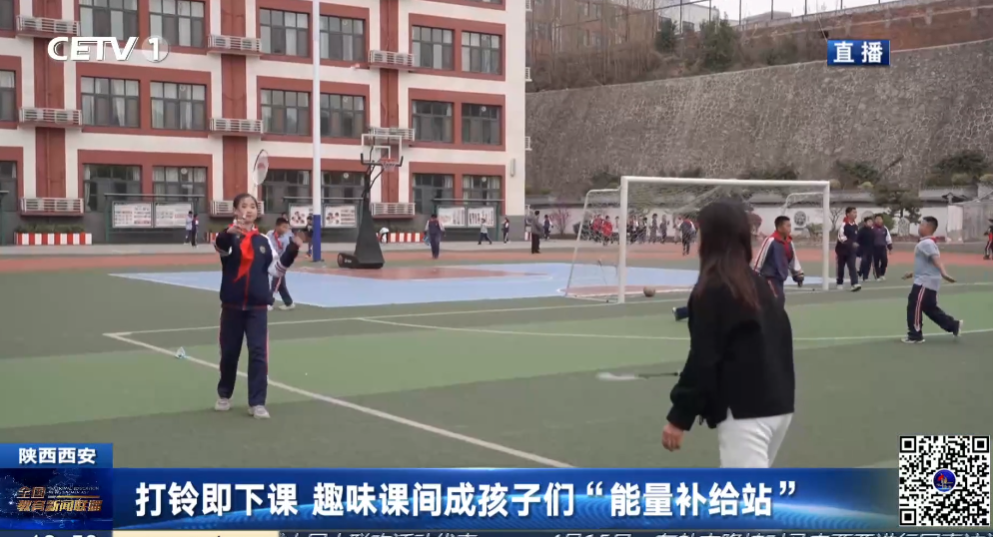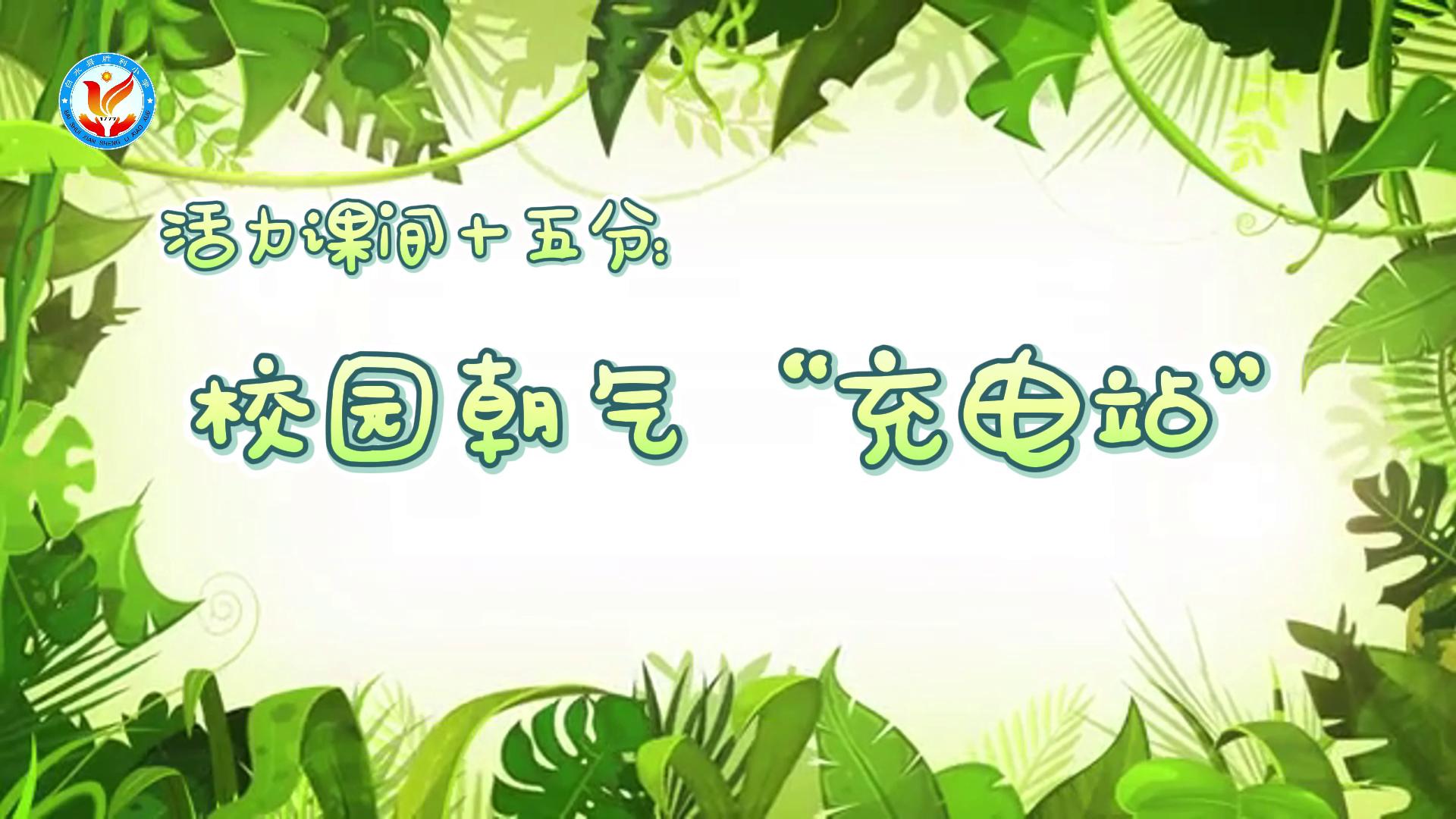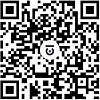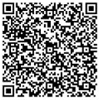英語學(xué)習(xí)5條溫馨小貼士
作者:陜西省靖邊中學(xué)外語組 李天強(qiáng)
發(fā)布時(shí)間:2013-05-07 16:25:56 來源:陜西教育報(bào)刊社
強(qiáng)調(diào)句型是高考試題當(dāng)中的高頻考點(diǎn)之一。特推出“強(qiáng)調(diào)句型5條溫馨小貼士”,以期幫助同學(xué)們更進(jìn)一步掌握好這一重要句式。
溫馨小貼士1:強(qiáng)調(diào)句型的一般疑問句形式
句型結(jié)構(gòu):Is/Was it +被強(qiáng)調(diào)部分 + that/who + …?
如:Is it you that have finished the task on time?
Was it in 1949 that the PRC was founded?
溫馨小貼士2:強(qiáng)調(diào)句型的特殊疑問句形式
句型結(jié)構(gòu):特殊疑問詞(who, what, which, when, why, how, …)+ is/was it that +… ?從結(jié)構(gòu)可看出,特殊疑問詞即強(qiáng)調(diào)句型中所要強(qiáng)調(diào)的部分。
如:Who is it that is to blame for the traffic accident?
How was it that he passed the driving test?
特別注意: 當(dāng)該結(jié)構(gòu)充當(dāng)賓語從句時(shí)則一定要用陳述語序,如:I want to know where it was that you met her for the first time.
溫馨小貼士3: 強(qiáng)調(diào)句型反意疑問句式。
句型結(jié)構(gòu):It is/was +被強(qiáng)調(diào)部分 +that/who +… , isn’t/wasn’t it?
如:It is human activity that has caused this global warming, isn’t it?
It was yesterday that Tom met an old friend in the park, wasn’t it?
溫馨小貼士4:強(qiáng)調(diào)句型的be動(dòng)詞與情態(tài)動(dòng)詞相結(jié)合
句型結(jié)構(gòu):
1)It may/might be +被強(qiáng)調(diào)部分 +that/who +…
2) It must be/ must have been +被強(qiáng)調(diào)部分 + that/who +….
3) Would/Could it be +被強(qiáng)調(diào)部分+ that/who + …?
溫馨小貼士5:強(qiáng)調(diào)句型與其他易混句式的區(qū)別
與強(qiáng)調(diào)句型相似的句式常見的有以下三種:
1) It is/has been+ 一段時(shí)間 +since 從句 (若從句謂語動(dòng)詞是延續(xù)性動(dòng)詞,意為“某人不做某事已有多長時(shí)間;若從句謂語動(dòng)詞為終止性動(dòng)詞,意為“某人做某事已有多長時(shí)間。)
如:It is three years since he lived here. 他不在這兒住已有三年了。
2)It +be +時(shí)間 +when 從句… 此句型意為:某事發(fā)生時(shí)正是……時(shí)候。
如:It was midnight when he came back.
3)It was/will be +時(shí)間 +before 從句。此句型若為肯定句意為“過了……之后某事才發(fā)生”;若為否定句意為“不久就……”
強(qiáng)調(diào)句型與此三句型辨別的法則就是看時(shí)間短語有無介詞。若為介詞則為強(qiáng)調(diào)句型;若無介詞則為此三句型中的一個(gè),再結(jié)合句意判斷是哪一個(gè)。
特別提示:像yesterday、last week、a moment ago、tomorrow 等在句中作時(shí)間狀語時(shí),前面不能加任何介詞。

 熱點(diǎn)新聞
熱點(diǎn)新聞
 深度報(bào)道
深度報(bào)道
 新聞視頻
新聞視頻

 投稿
投稿 APP下載
APP下載










